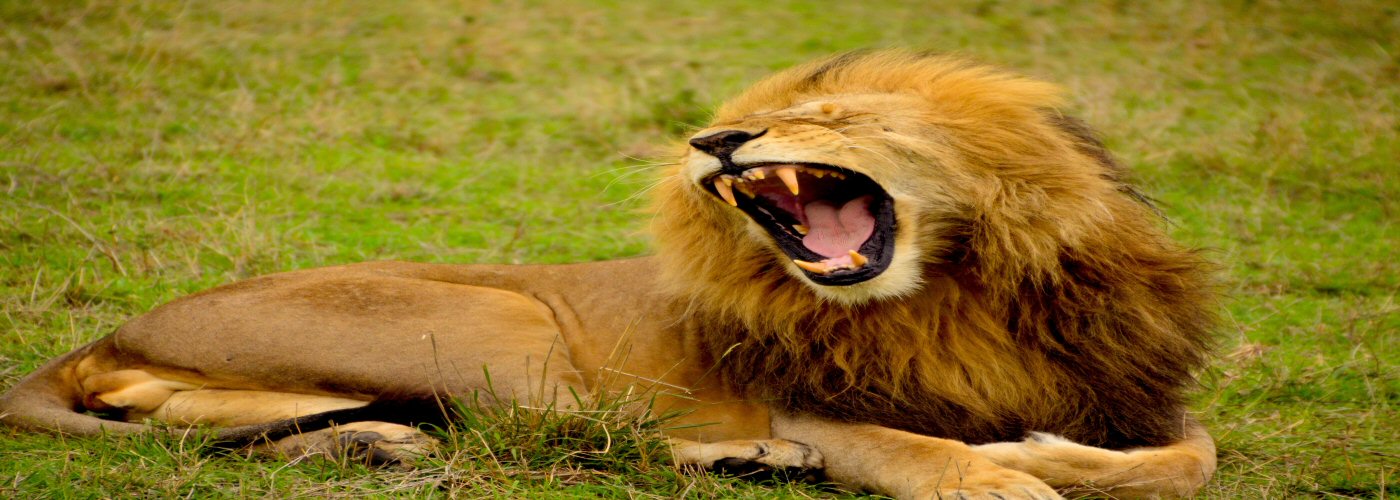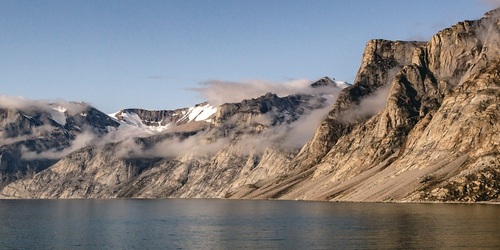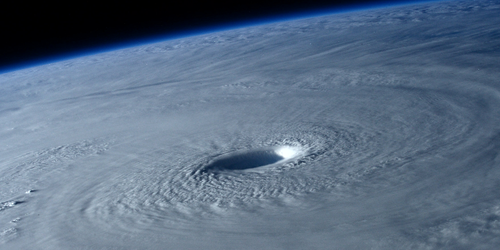

Obviously this mass extinction is not as big as the dinosaurs once experienced, but the world is going through its 6th mass extinction in Earth's history. The main impact is to plants, animals, and their habitats. This is due to warmer oceans, deforestation, human activity, and climate change. Climate change has already caused many animals to be endangered or become extinct over the past few decades. A 2017 study found that animal species around the world are experiencing a "biological annihilation," and our current mass extinction episode has proceeded further than most assume. Here are a few signs that our planet is in the midst of the current mass extinction.
First sign is the insects. Insects are dying off at record rates. 40% of the world's insect species are on the decline at a rate of 2.5% per year. This is a major problem because pollinators, such as bees and butterflies, play an important role in fruit, vegetable, and nut production. Bugs are also a food source for many bird, fish, and mammal species.
Second sign we are in a mass extinction is that half of the total number of animal individuals that once lived with us as humans, are already gone. The study from 2017 also looked at all animal populations across the world, examining 27,600 vertebrate species. They found that half of them still exist and more than 30% are on the decline! Some species are facing a total collapse, while others are going extinct in specific areas.
More than 65,000 species are on the endangered list and are threatened with extinction. Sadly, the numbers keep going up. According to the International Union for Conversation of Nature Red List, more than 27% of species that were assessed are threatened with extinction. Furthermore, 40% of Earth's amphibians, 25% of its mammals, and 33% of its coral reefs are threatened. They also predict that 99.9% of critically endangered species and 67% of endangered species will be extinct within the next 100 years! Since the last century, the rate of extinction is up 100 times higher than normal!
Habitats are also shrinking, which is causing a higher risk of extinction. A study concluded that, by 2070, 30-50% of animal species will lose their homes, thanks to human land use. To be more specific, this is about 886 species of amphibians, 436 species of birds, and 376 species of mammals that will be affected and be more at risk for extinction.
These are only a few signs that we are in Earth's 6th mass extinction. We'll look at more signs in Part Two next week!




